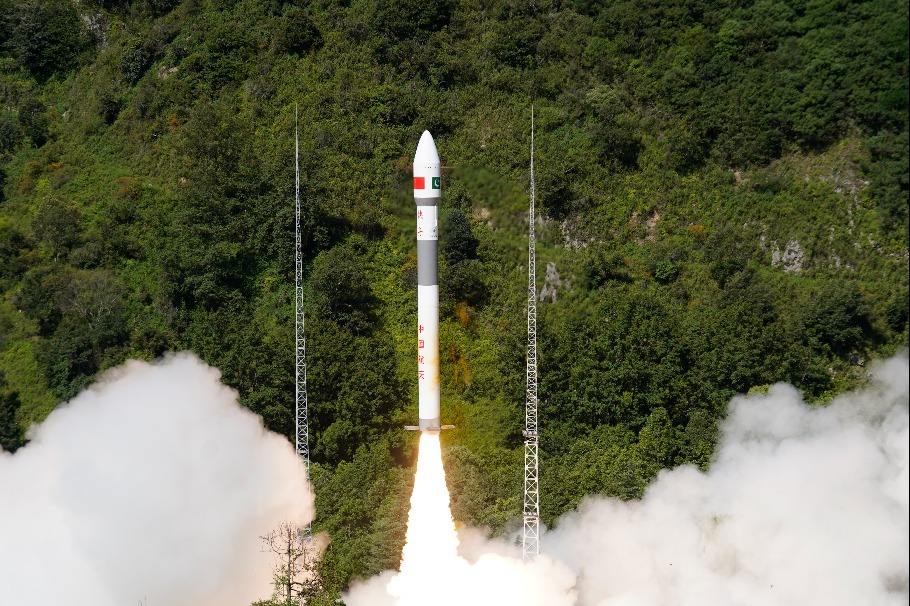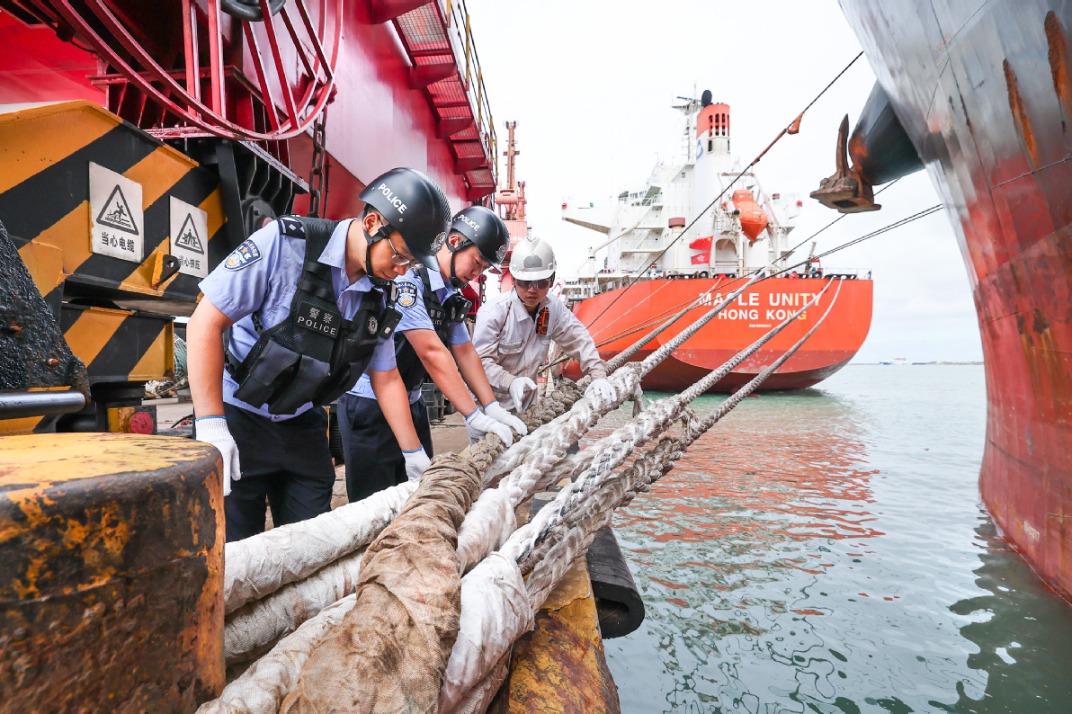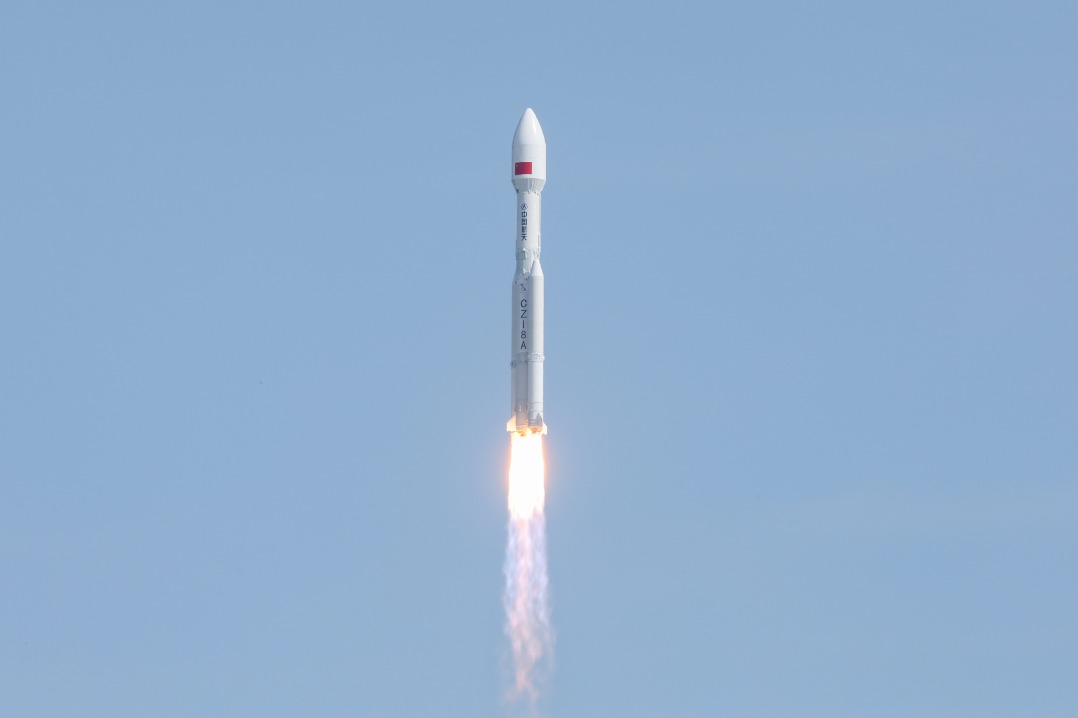Autonomous vehicle explores Arctic sea ice

An autonomous underwater vehicle developed by a Chinese university team has obtained abundant data during the country's latest Arctic expedition, revealing various features found beneath the North Pole.
The red, fish-shaped robot called XH1000 was made by researchers from Harbin Engineering University. During the 13th Arctic Ocean scientific expedition, which concluded in late September, it completed under-ice environment detection operations near the Chukchi Sea and relayed a torrent of data, including ocean water temperature, salinity and pH levels.
Equipped with domestically developed detection sonar, the polar-observing AUV explored an area of 7,000 square meters beneath the Arctic ice.
Operation team leader Zhu Zhongben, who is an associate professor at the university, said the information gathered will help scientists improve their understanding of the changing process of sea ice and ocean currents in the region, providing data support for effectively coping with the impact of global climate change on China.
According to Zhu, the expedition has verified several technologies, including underwater navigation at high latitudes in the polar region, and generated valuable experience for robotic submersibles in high-risk polar areas and extremely harsh environments.
Chinese scientists set off for the 13th Arctic Ocean scientific expedition on July 12 aboard the polar icebreaker Xuelong 2. They traveled more than 15,500 nautical miles before returning to Shanghai on Sept 27. Xuelong 2 reached the North Pole on Sept 5.
- China provides job placement to 250,000 demobilized officers, veterans in five years
- War veteran urges youth to remember history
- China's western metropolis preserves, reuses WWII shelters
- Macao employment steady in Q2: census service
- 21 cases of illegal activities related to land, natural resources reported in Q2
- Chinese researchers develop satellite-based method to quantify global landfill methane emissions






































